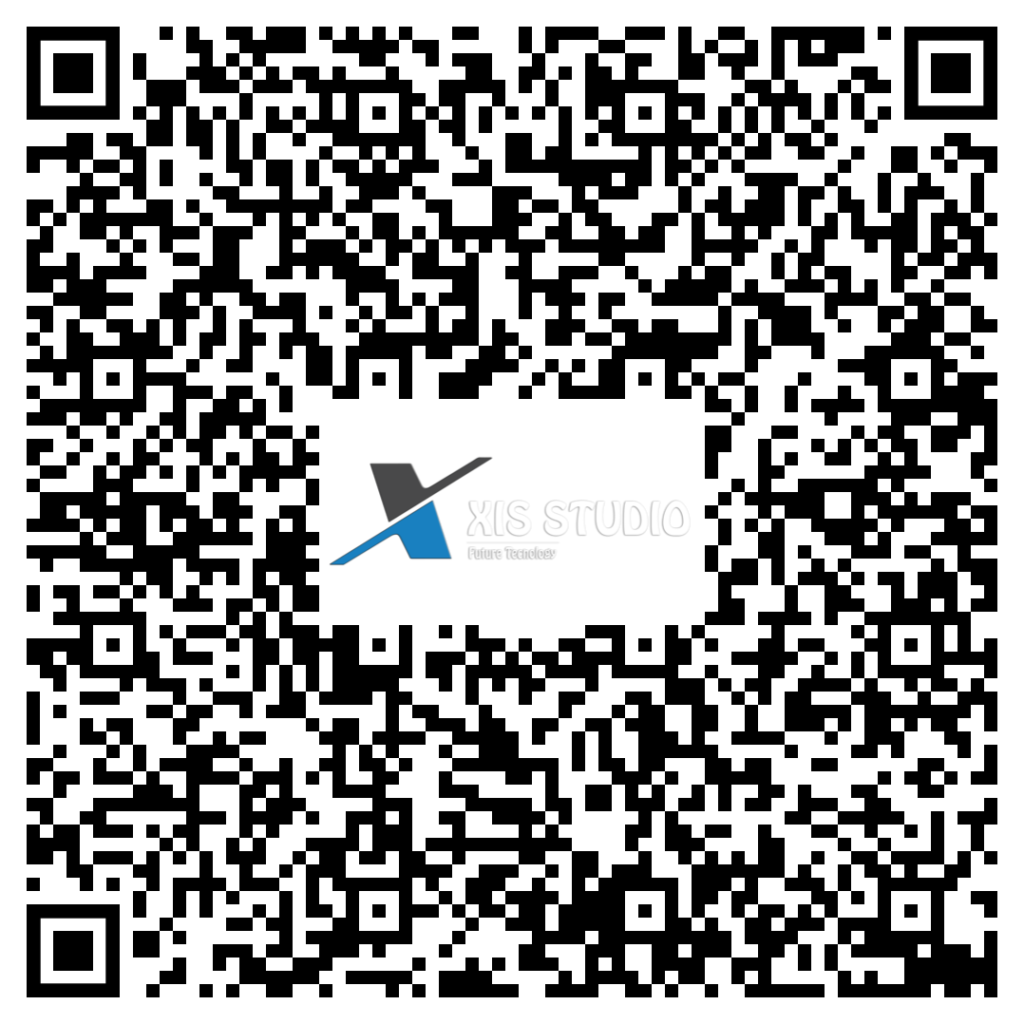Case Study
VR - Enhanced Client Engagement and Industry Benefits
In the rapidly evolving fields of real estate, architecture, and interior design, the ability to present a property in a compelling and immersive way is increasingly critical. This case study explores how a leading Architectural Visualization (Arch Viz) studio utilized Virtual Reality (VR) to offer a complete visualization and design solution. The VR experience was specifically designed for clients who could not physically visit the property, providing them with an immersive way to explore every detail of the space. The approach not only enhanced client engagement but also offered significant benefits to builders, real estate agents, architects, and interior designers.
Objective
- Complete Visualization Without Ground-Up Construction: Provide a fully immersive and accurate representation of the property without the need for on-site construction or physical presence.
- Client Engagement and Decision-Making: Facilitate better client engagement by offering a virtual experience that enables detailed exploration of the property, aiding in informed decision-making.
- Industry Benefits: Demonstrate the advantages of VR for builders, real estate agents, architects, and interior designers in terms of marketing, project planning, and client satisfaction.
Methodology
Project Initiation and Client Consultation:
- The project began with a thorough consultation to understand the client’s specific needs and preferences. Given the client’s inability to visit the site, the VR solution needed to offer a detailed and realistic virtual experience.
- The design team conducted a site survey, gathering all necessary data to create a precise 3D model of the property.
3D Modeling and Virtual Environment Creation:
- A highly detailed 3D model of the property was developed, incorporating architectural features, interior design elements, and landscaping. The model was designed to be as realistic as possible, reflecting the client’s vision and preferences.
- The virtual environment was crafted to simulate the property’s atmosphere, including lighting, textures, and materials, to ensure an authentic experience.
360-Degree Imaging and VR Stitching:
- Key areas of the property were captured using 360-degree panoramic shots. These images provided a comprehensive view of each space, allowing the client to see every angle.
- Advanced VR stitching software was used to combine the 360-degree shots into a seamless, interactive walkthrough. This allowed clients to navigate the property as if they were physically present, exploring each room and outdoor area in detail.
Implementation and Client Engagement:
- The VR experience was made accessible on multiple platforms, including VR headsets, desktop computers, and mobile devices, ensuring that clients could access the visualization easily and conveniently.
- Interactive features were included in the VR walkthrough, allowing clients to click on various elements to explore different materials, color schemes, and furniture options.
Promotion and Marketing Strategy:
- The VR experience was integrated into the property’s marketing strategy, with promotional materials highlighting the unique virtual walkthrough. High-quality videos, social media content, and website features were developed to showcase the VR experience.
- Real estate agents, builders, and designers used the VR walkthrough in presentations to potential buyers, providing a unique and engaging way to explore the property.
*Click & Drag to look around
Results and Benefits
The VR Arch Viz project provided several key benefits across the industry:
For Builders:
- Reduced Costs and Time: Builders were able to showcase properties before construction was completed, reducing the need for physical showrooms and saving time on project timelines.
- Enhanced Client Satisfaction: Clients appreciated being able to visualize the final product before construction, leading to increased satisfaction and fewer design changes later.
For Real Estate Agents:
- Effective Marketing Tool: The VR experience became a powerful marketing asset, attracting more potential buyers and differentiating the property from others on the market.
- Broader Audience Reach: Overseas clients and those unable to visit the site could still explore the property in detail, expanding the potential buyer pool.
For Architects:
- Improved Design Communication: Architects could use the VR model to communicate design concepts more effectively to clients, ensuring that their vision was clearly understood and appreciated.
- Client Collaboration: The interactive nature of the VR experience allowed for greater collaboration, with clients able to provide feedback on design elements in real time.
For Interior Designers:
- Showcasing Design Options: Interior designers used the VR walkthrough to present different design options, allowing clients to see how various furnishings, colors, and materials would look in the actual space.
- Streamlined Decision-Making: Clients were able to make more informed decisions about interior design choices, reducing the likelihood of costly changes later.
Conclusion
This case study demonstrates the transformative impact of Virtual Reality in Architectural Visualization. By offering a complete and immersive visualization of the property, the VR solution not only enhanced client engagement but also provided significant benefits across the industry. Builders, real estate agents, architects, and interior designers were able to leverage the VR experience to improve project outcomes, increase client satisfaction, and achieve better marketing results. The success of this project highlights the growing importance of VR as a tool for innovation and efficiency in the real estate and design sectors.


